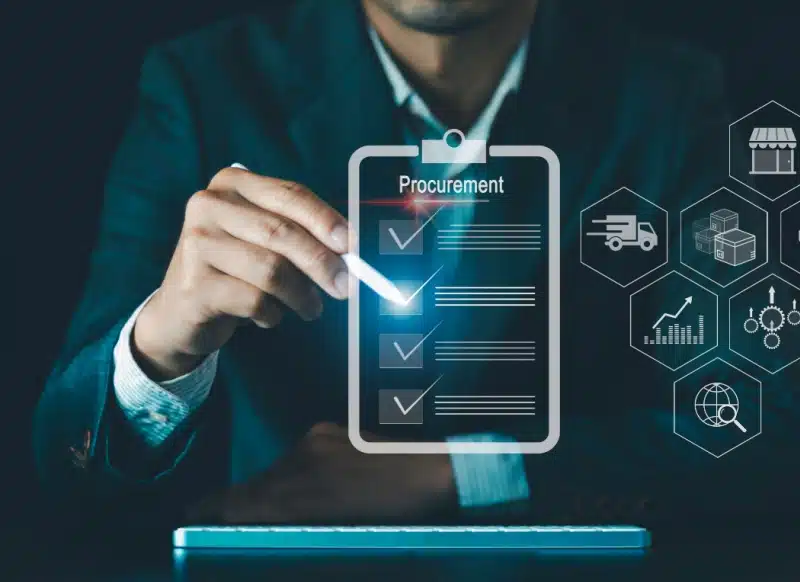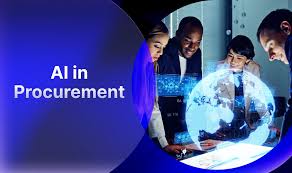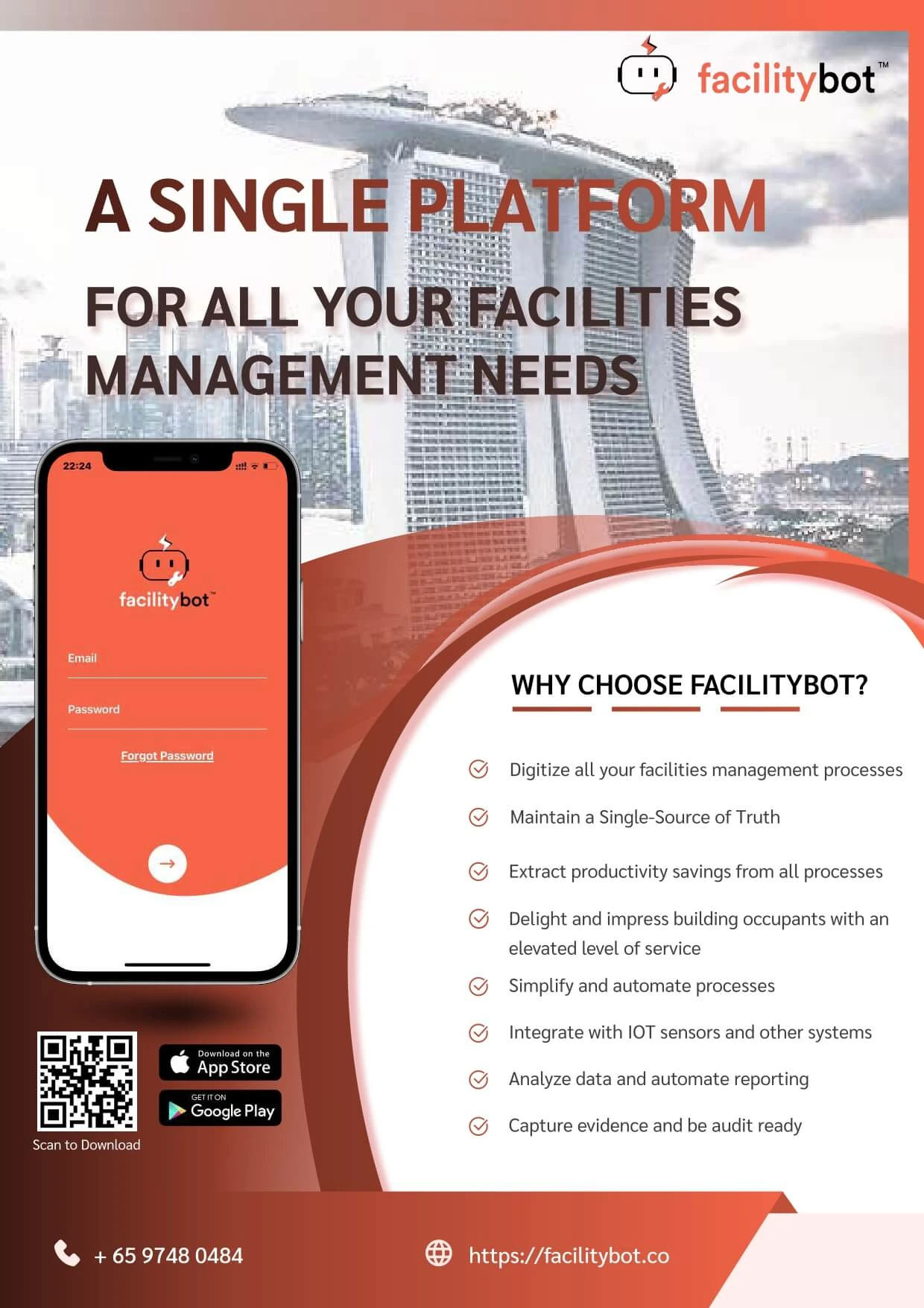Last updated on May 12th, 2025 at 07:19 pm
In today’s dynamic business landscape, procurement management plays a crucial role in helping organizations acquire the right goods and services at the right time, cost, and quality. But to truly succeed, procurement professionals must operate with a clear set of objectives. Defining and achieving procurement goals ensures a streamlined, cost-effective, and risk-mitigated purchasing process. In this blog, we’ll explore the 12 key goals of procurement management and how they impact overall organizational success.
List of 12 Goals of Procurement Management
Here are the 12 key goals of procurement management
1. Cost Reduction
One of the core goals of procurement management is to reduce procurement costs without compromising on quality. Strategic sourcing, supplier negotiations, and bulk purchasing can drive significant savings and improve profit margins.

By using data-driven insights, procurement teams can identify cost-saving opportunities such as supplier consolidation, value engineering, or switching to alternative materials that provide the same performance at a lower cost. Reducing costs does not only benefit the bottom line; it also frees up resources for innovation and investment in other key areas of the business.
2. Risk Management
Risk is inherent in procurement, from supply disruptions and quality issues to price volatility and geopolitical concerns. Setting goals around risk mitigation helps organizations build resilient supply chains. This includes developing contingency plans, performing regular supplier risk assessments, and diversifying the supplier base. Implementing proactive procurement risk management frameworks allows procurement managers to identify vulnerabilities early and put mitigation strategies in place before disruptions occur.
3. Supplier Performance Improvement
Effective supplier performance management is essential to ensure reliability, quality, and timeliness in the supply chain. Procurement teams should establish clear KPIs, such as on-time delivery rates, defect rates, and responsiveness. Regular performance reviews and collaborative feedback loops can help suppliers improve their operations, ultimately leading to better service and product quality. A high-performing supplier network enhances competitiveness and enables organizations to respond quickly to changing demands.
4. Process Efficiency
Streamlining procurement workflows helps reduce delays, errors, and administrative overhead. By setting clear process efficiency goals, organizations can shorten procurement cycle times and improve team productivity. Tools such as automation, standardized templates, and digital approvals eliminate manual bottlenecks. Leveraging modern procurement technologies ensures smoother requisition-to-pay processes and better visibility into spending patterns.
5. Quality Assurance
Delivering high-quality goods and services is vital for maintaining customer satisfaction and brand integrity. Procurement must partner with suppliers who meet rigorous quality standards and implement quality assurance processes, including supplier audits, inspections, and testing. By embedding quality into the procurement function, organizations can reduce returns, avoid production delays, and uphold product and service excellence.
6. Sustainability and Ethical Sourcing
Sustainability has become a top priority for forward-thinking organizations. Setting procurement goals that support environmentally friendly and ethical practices ensures compliance with regulations and aligns with corporate social responsibility (CSR) initiatives. This can include sourcing recyclable materials, choosing suppliers with fair labor practices, and reducing the carbon footprint of logistics. Ethical sourcing not only protects brand reputation but also creates long-term value for the business and the environment.
7. Compliance and Regulatory Alignment
Procurement operations must comply with various local and international regulations. Goals related to regulatory compliance help ensure that purchasing activities align with legal standards, reducing the risk of fines and legal issues. This includes adhering to labor laws, anti-corruption measures, environmental regulations, and industry-specific standards. A well-structured compliance framework within procurement also increases transparency and fosters trust with stakeholders.
8. Innovation and Strategic Value
Modern procurement goes beyond transactional tasks and contributes strategically to innovation. Procurement managers can work with suppliers to co-develop new products, enhance services, and explore new technologies. Fostering innovation through procurement involves identifying and supporting suppliers that prioritize R&D and bringing fresh ideas to the table. This strategic role helps organizations stay ahead of the competition and create long-term business value.
9. Stakeholder Satisfaction
Procurement is a cross-functional activity that supports various departments such as operations, marketing, IT, and finance. Achieving stakeholder satisfaction requires procurement to understand and respond to internal needs effectively. This includes clear communication, timely delivery, and alignment with project objectives. High stakeholder satisfaction leads to smoother operations and a more collaborative business environment.
10. Shortening Procurement Cycle Time
Speed is crucial in competitive markets. Procurement teams must aim to shorten the time taken from requisition to delivery. This goal enhances operational agility and helps meet tight project deadlines. Automating approval workflows, digitizing supplier communications, and integrating procurement software with ERP systems can significantly reduce procurement cycle times, enabling faster decision-making and improved responsiveness.
11. Digital Transformation
The shift toward digital procurement is well underway. One major goal of procurement management is to adopt and optimize eProcurement and eSourcing tools. These platforms centralize data, automate tasks, and provide real-time insights for better decision-making. Digital transformation also supports transparency, reduces human error, and increases collaboration across departments and with suppliers. Organizations that embrace digital procurement gain a competitive edge and improve scalability.
12. Talent Development
A capable procurement team is critical to achieving all other goals. Talent development focuses on training, mentoring, and upskilling procurement professionals. Areas of development may include negotiation, supplier relationship management, data analysis, and category management. Investing in talent also helps organizations attract and retain top performers, build procurement leadership, and sustain long-term success.
Final Thoughts
Achieving these 12 procurement management goals helps organizations reduce costs, manage risks, ensure quality, and support strategic growth. When procurement is aligned with broader business objectives, it becomes a value-adding function that contributes directly to operational and financial success.
Setting procurement goals creates a roadmap for continuous improvement, enabling organizations to adapt to market changes, innovate, and remain competitive. Whether your focus is on efficiency, sustainability, or compliance, having clear procurement objectives is the foundation of a successful procurement strategy.
How Facility Bot Supports Your Procurement Goals
Facility Bot is designed to help organizations meet their procurement and facilities management goals with ease and efficiency. As an integrated platform combining procurement management software and CMMS Software (Computerized Maintenance Management System), Facility Bot streamlines procurement processes, enhances supplier collaboration, and supports data-driven decision-making.
With Facility Bot, you can automate procurement workflows, track asset lifecycle costs, monitor supplier performance, and ensure compliance—all from a centralized interface. Whether you’re aiming for cost reduction, faster cycle times, or improved transparency, Facility Bot empowers your team to achieve procurement excellence.
Discover how Facility Bot can transform your procurement operations—where smart procurement meets smarter facilities management.




